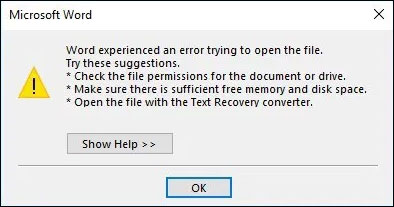Cum eliminam fortat aplicatii defecte
Toti ne-am saturat de acele programe incapatanate care refuza sa ne paraseasca sistemul. Folosind Geek Uninstaller pentru dezinstalarea completa si fara efort a aplicatiilor. Spre deosebire de programul de dezinstalare implicit din Windows, care lasa adesea in urma ramasite de programe, Geek Uninstaller face un efort suplimentar, sapand in profunzime pentru a elimina toate fisierele si intrarile de registry ramase si partea cea mai buna este ca acesta este portabil si gratuit.
[mai mult...]
